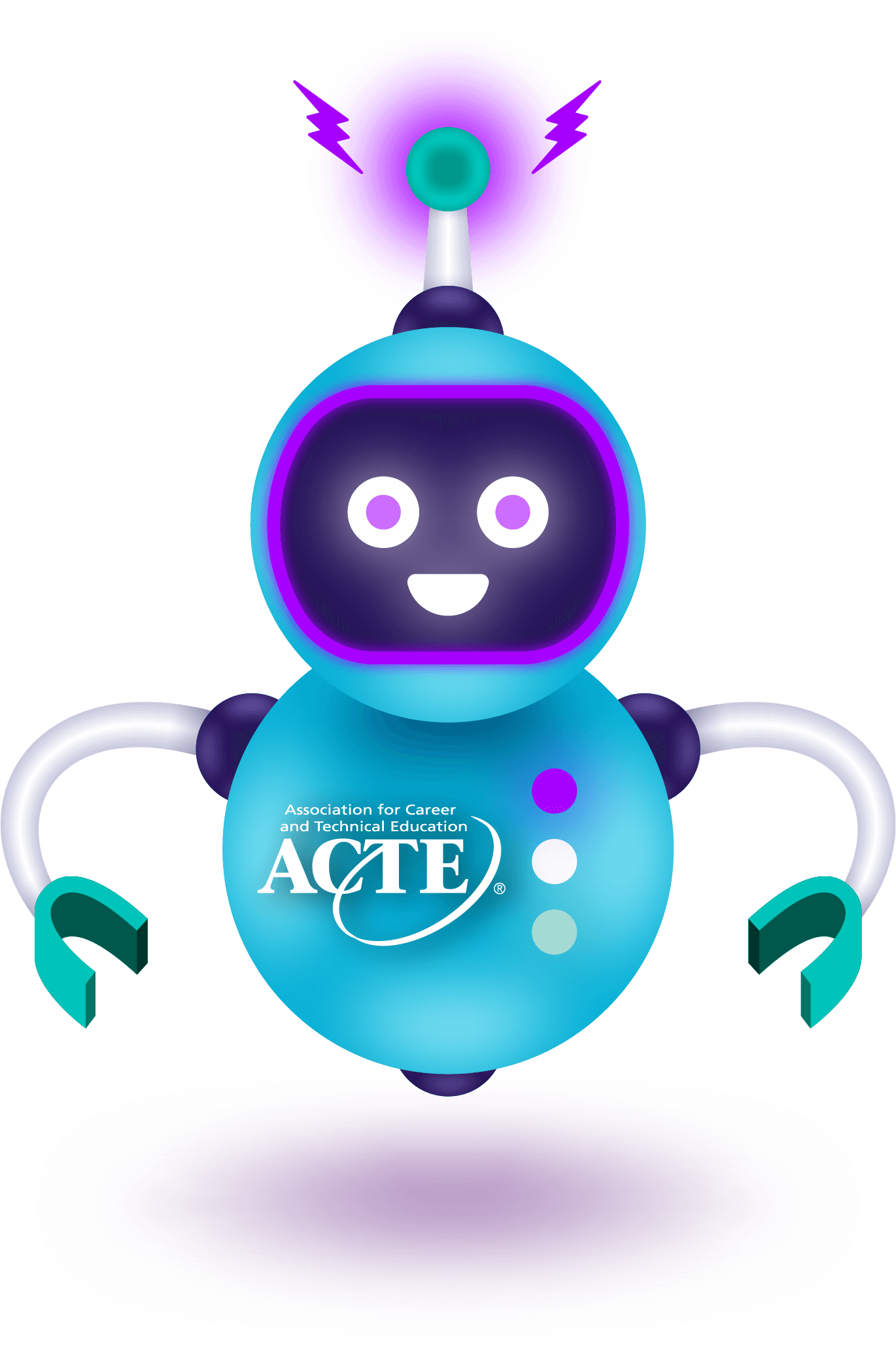Some stress motivates, pushing teachers to take on challenges and improve. Other stress drains, leaving educators exhausted at the end of the day. The key is learning to tell the difference.
There’s the good kind: eustress, the steam engine that drives momentum. It fuels creativity, sharpens focus and turns challenges into opportunities. Then there’s distress, the pressure cooker that builds until it breaks. The difference between the two is thin, and without the right support, what starts as motivating pressure can quickly become overwhelming.
Teachers face increasing demands, yet many feel shut out of key decisions that shape their daily work. Without trust and meaningful support, stress turns from a source of energy into a force of exhaustion. Addressing burnout isn’t just about recognizing stress. It’s about strengthening support systems to ensure that educators can sustain their work without sacrificing well-being.
Scorched by the system
Stress isn’t always the enemy. In fact, it can be a powerful ally. That energy kicks in when a creative lesson plan works, or a student has a breakthrough moment. But a challenge that sparks motivation can just as quickly spiral out of control.
Imagine, for example, you just got offered an exciting new opportunity as a department chair in your division. That moment of eustress could quickly turn into an overwhelming burden when paired with endless meetings and limited resources. Emotional labor and administrative pressures only add to the strain, making burnout an all-too-common reality.
Burnout isn’t just about workload. Research shows that a lack of autonomy and involvement in decision-making, job satisfaction declines and teacher stress increases (Skaalvik & Skaalvik, 2014). When curriculum changes, policy shifts and schoolwide initiatives are implemented without meaningful teacher input, morale declines. And challenges begin to feel more like obstacles than opportunities.
The ripple effects of burnout
Administrators are juggling their own set of pressures — state mandates, standardized testing and district expectations — often leaving them feeling stuck. But in the process, a gap forms. An educator who once felt fired up about their work can burn out.
Burnout impacts the learning experience. When educators operate in survival mode, creativity and connection suffer. The effects ripple beyond individual teachers, weakening entire school systems. When educators leave, stability crumbles, and student learning takes a hit.
Research shows that frequent turnover hinders achievement, especially in marginalized communities where consistency matters most (Ronfeldt et al., 2013). Meanwhile, districts scramble to recruit and train replacements, draining budgets and stretching resources even thinner.
Turning the tide on teacher stress
With the right balance of autonomy, clear goals and a sense of purpose, burnout can be managed. Teachers who reclaim ownership over their work are better positioned to sustain motivation. Small wins matter.
Set realistic goals.
Collaborate with peers.
Identify ways to innovate.
Administrators play a huge role in shaping a school culture that fuels teachers. Prioritize open communication and cut out unnecessary stressors. Regular check-ins and collaborative planning aren’t just nice gestures. They can help ensure that policies actually make sense in the classroom.
Peer support is just as important. Mentorship programs and teacher networks provide a space to swap strategies, troubleshoot challenges and remind each other they’re not in this alone.
Create space for teachers to recharge. That could mean a quiet place to breathe, structured breaks or simply fewer meetings. Protecting prep time gives teachers what they really need: the ability to focus on their students without the weight of avoidable distractions.
Conclusion
When teachers feel heard and supported, they stay engaged. Schools that prioritize teacher well-being create an environment where motivation thrives, benefiting both educators and students.
The process starts small. Celebrate the wins — big or small. Did you make it through a tough week? That’s a win. Align daily tasks with long-term goals. Focus on the moments that matter. Teaching will always come with stress, but it doesn’t have to come with burnout. When schools foster open communication, reduce unnecessary burdens, and build trust, educators can thrive.
Dalia Haitayan, Ph.D., is research director at IMAGO.
Edgar Blunt is chief executive and co-founder of IMAGO.






